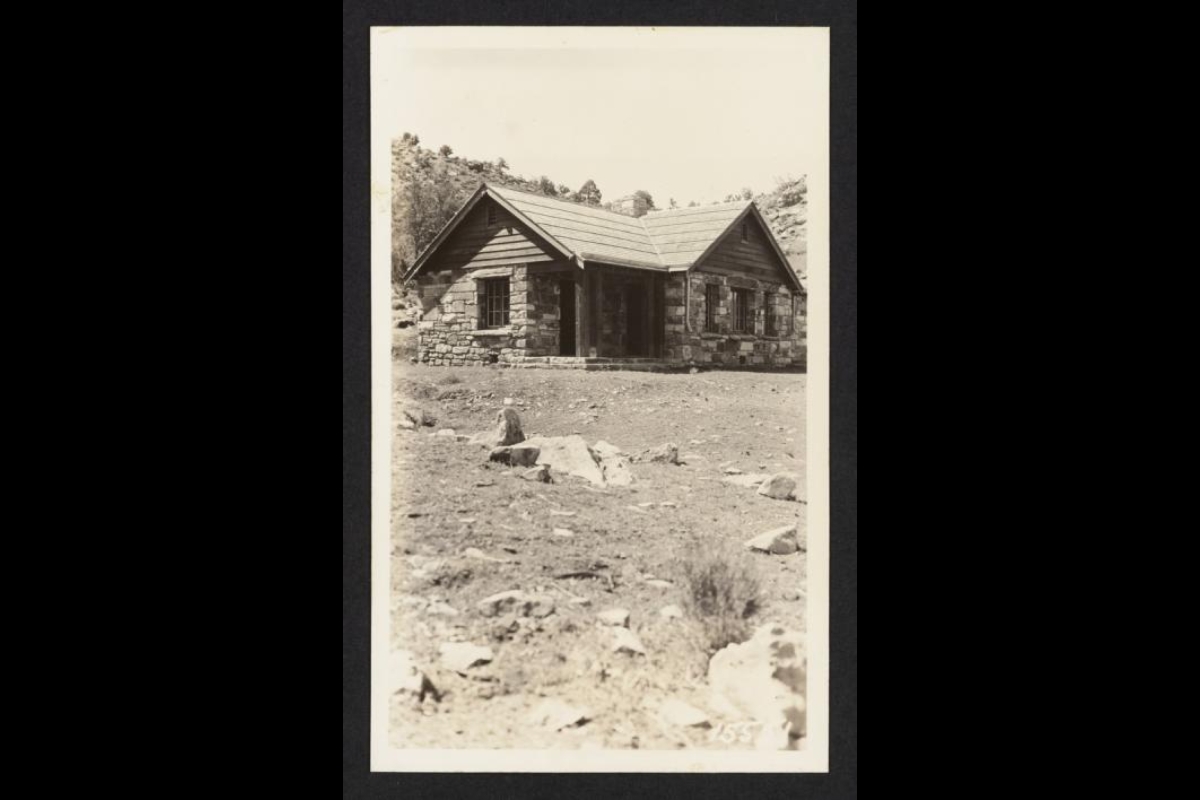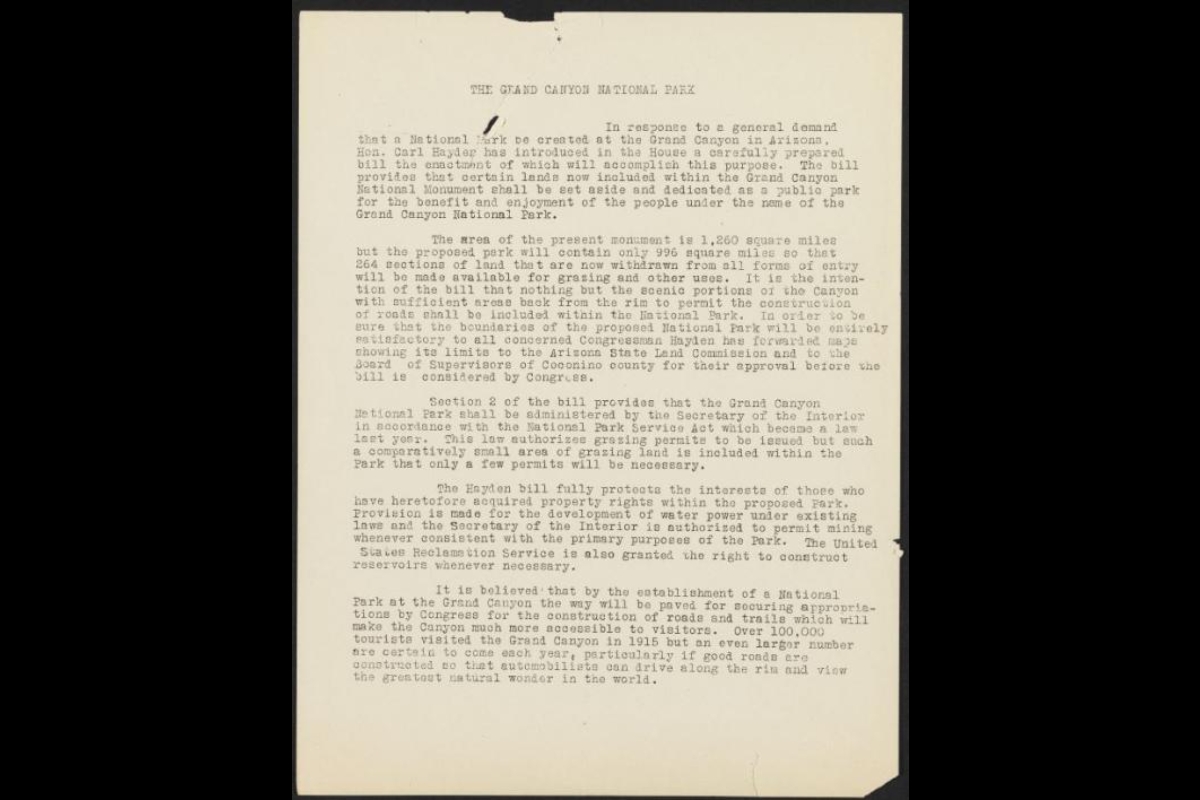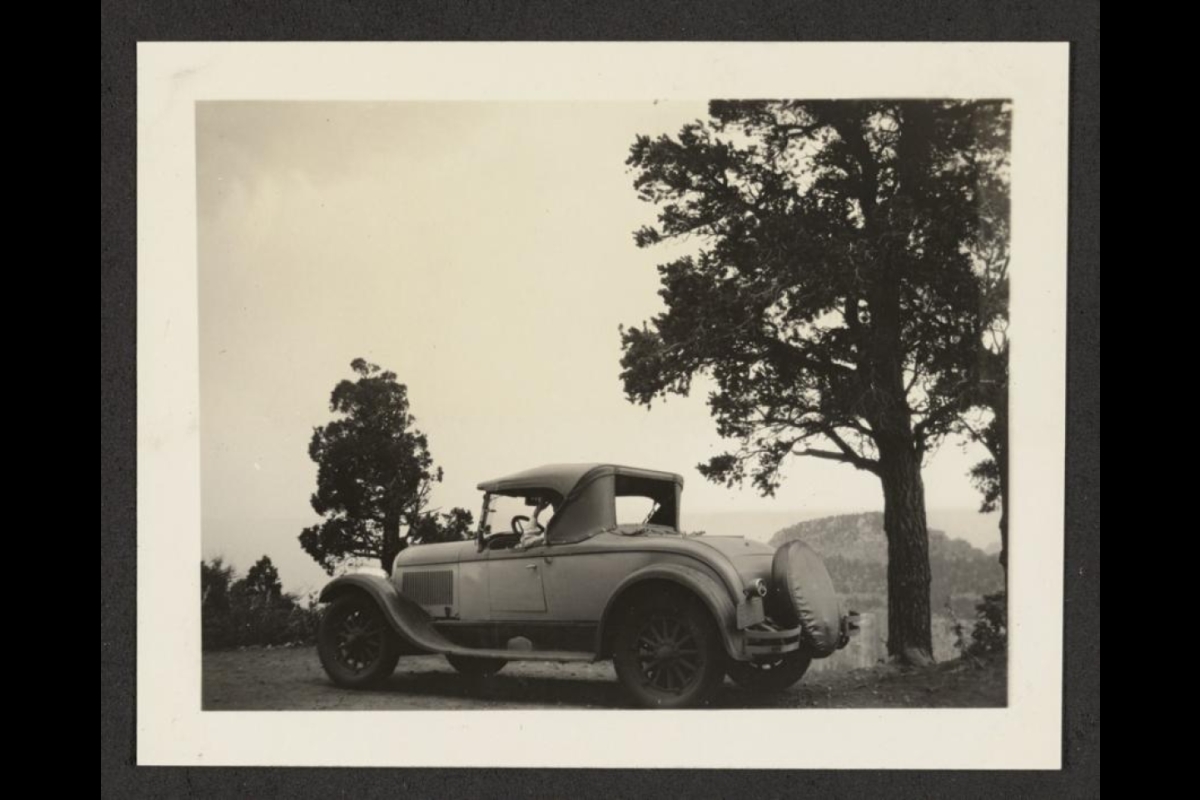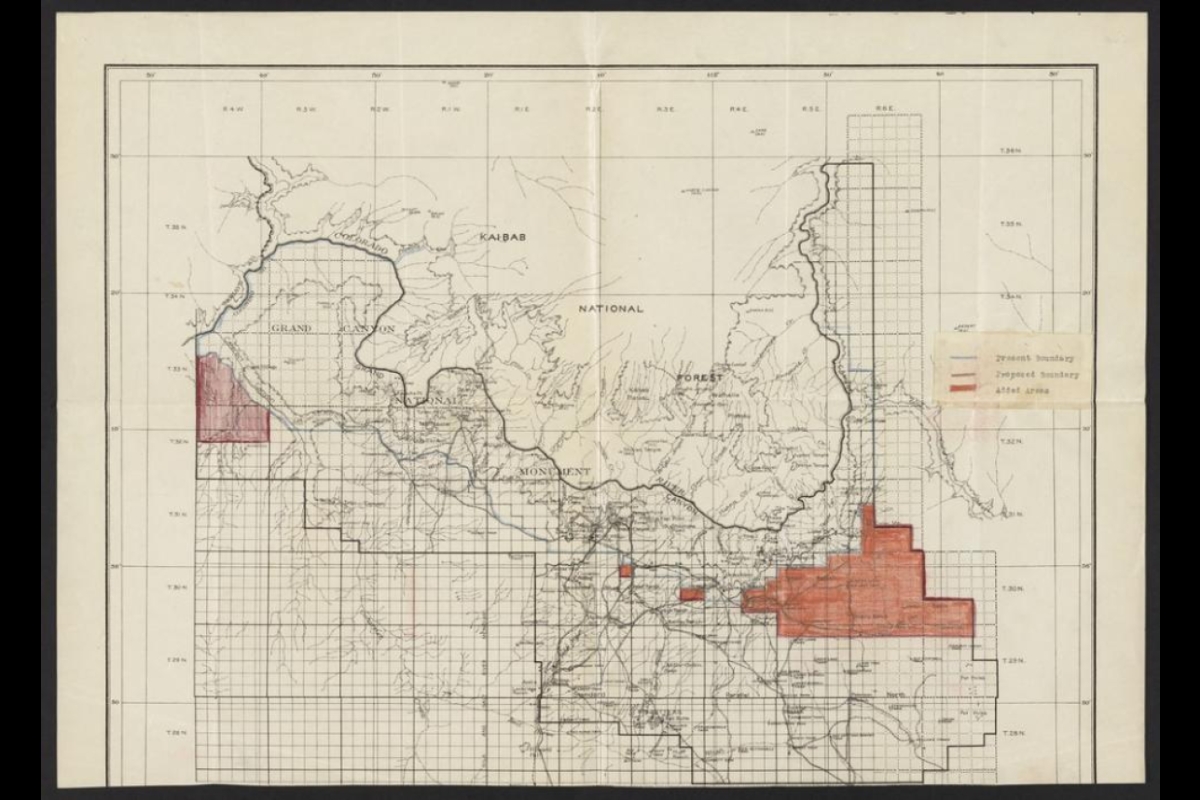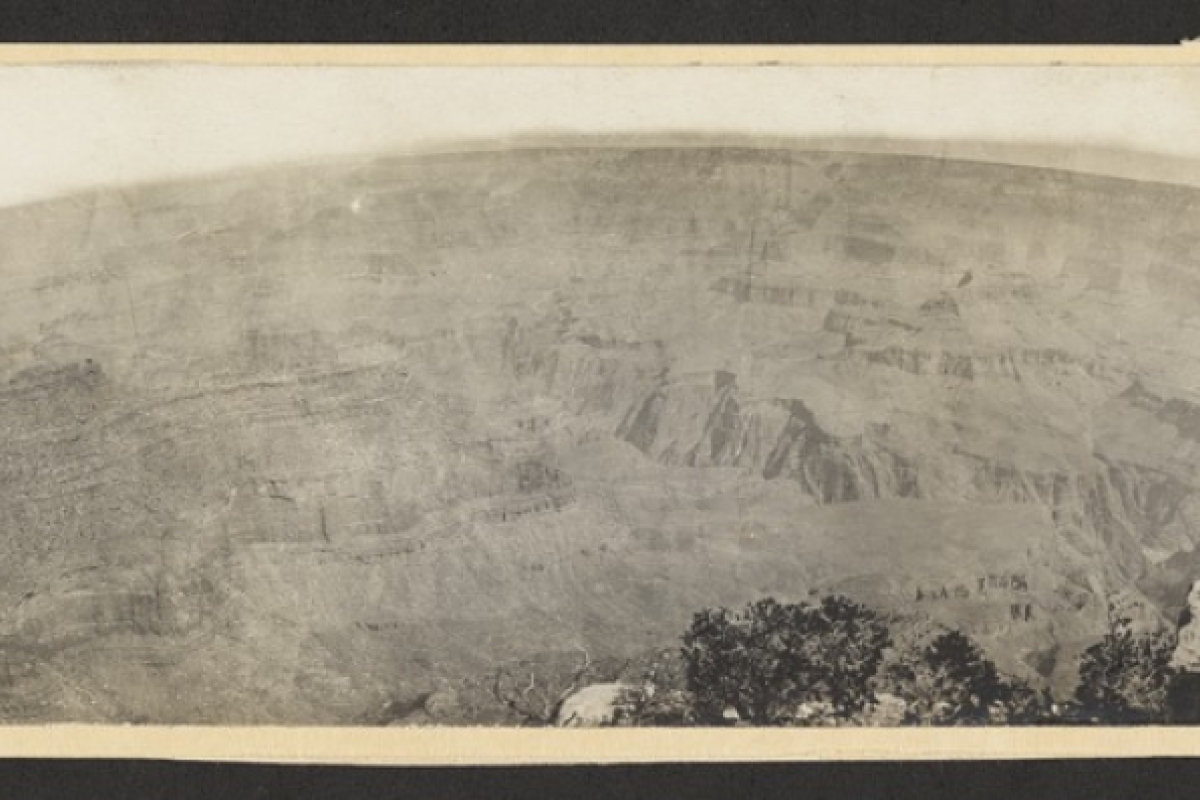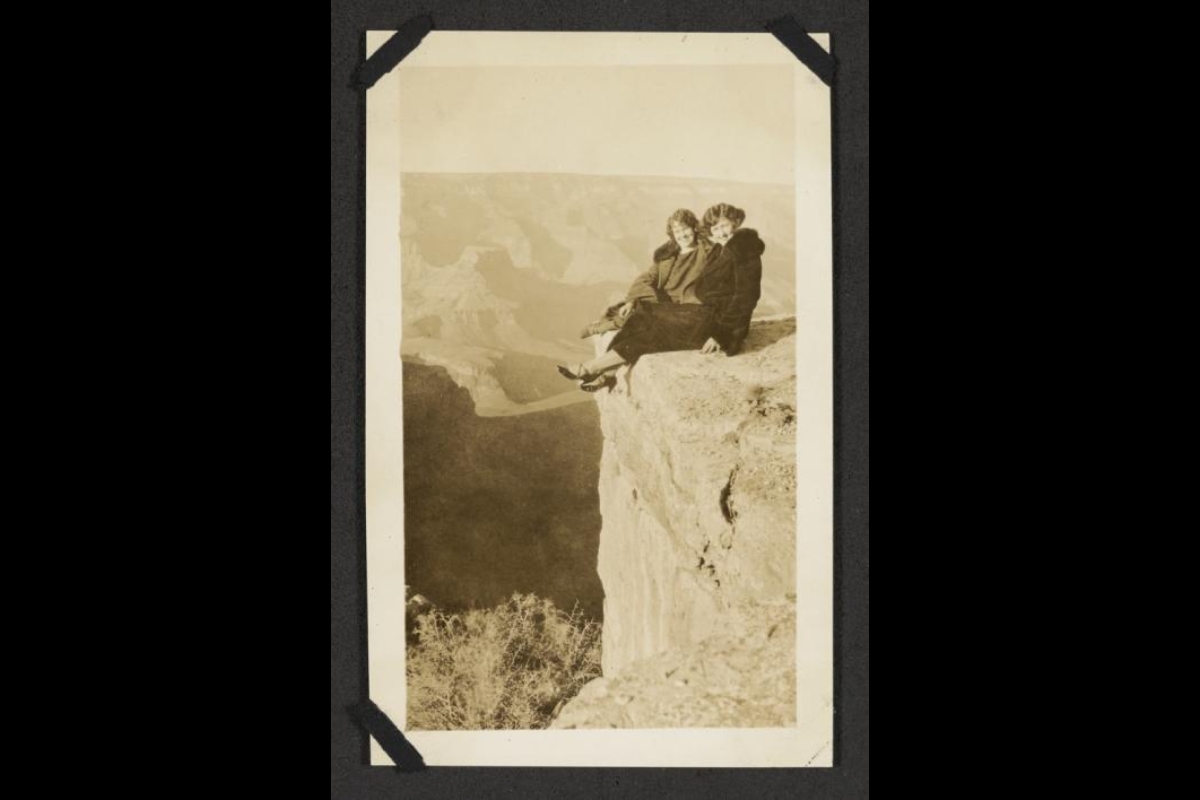Marking 100 years of Grand Canyon National Park history
ASU Library partners with park, NAU to make thousands of archival photos, historical documents available to public

For the first time ever, thousands of high-quality archival materials — photographs, documents and correspondence — chronicling the early history of Grand Canyon National Park (1890–1940) have been made digitally available to the public through a partnership between Arizona State University Library, Northern Arizona University's Cline Library, and Grand Canyon National Park.
Coined "100 Years of Grand," the project commemorates the upcoming centennial of the legislative creation of Grand Canyon National Park in February 1919, and aims to enhance public understanding of the park’s history by weaving together several decades of cultural, geospatial, entrepreneurial, documentary and administrative archival history.
ASU Now sat down with University Archivist Rob Spindler, the project’s director, and ASU librarian Ed Oetting, the senior archival researcher, to discuss the project and the centennial’s significance.
Question: How can the public gain access to these materials, and what can they hope to find?
Spindler: Photographs, ephemera, maps, correspondence and original manuscripts comprise the majority of the digital materials that are now available through three online repositories belonging to Arizona State University, Northern Arizona University and Grand Canyon National Park. Together, they weave a unique tapestry of primary resources of unparalleled depth documenting the seminal early years of the development of Grand Canyon National Park, specifically from 1890–1940. The public can gain access to the repositories through various ways, but the easiest would be through lib.asu.edu/Grand100.
Q: How do these archival materials help illuminate the history of Grand Canyon National Park?
Oetting: Through these materials, letters and documents, we learn critical information about the establishment of one of America’s premier national parks, including the balancing of public and commercial uses of public lands and the complex interplay between the federal government, the state of Arizona, and the interests of numerous localities and businesses. The ongoing and persistent irony of the American West is that for all its independence and frontier resilience and perseverance, it is the region of the country most dependent on the federal government and its representatives in U.S. Congress. This was particularly true for the newly minted state of Arizona in the first quarter of the 20th century.
Q: How will this project benefit park visitors and the general public?
Spindler: Materials made accessible through this project will be of benefit to visitors to the park who may want to enhance their experience and historical understanding of the Grand Canyon. Students, teachers and historians at all educational levels will be able to acquire and reuse these materials for class lectures, assignments and related writings and research. Arizona businesses that rely on Grand Canyon tourism will also be able to use these materials in the development of their advertisement and marketing efforts. Many of the materials in the digital repositories have rarely been seen since they were created. These amazing artifacts tell a bigger story about Grand Canyon National Park.
Top photo: A mule and rider cross the Kaibab Suspension Bridge in 1930. This image, from the Henry G. Peabody Photographs, is one of thousands now available online to the public through the project. Photo courtesy of University Archives
More Environment and sustainability
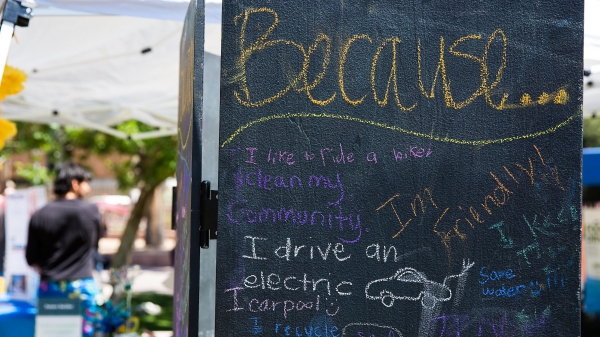
Earth Day celebrations focus on making our planet a priority
On April 22, Earth Day is celebrated across the country and in nearly 193 countries around the world. Arizona State University will be part of that celebration. The university has planned more…
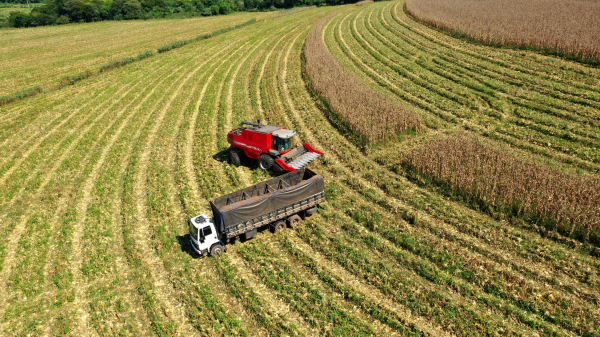
ASU scientist studies how bans, regulations on food technology affect consumer acceptance, perceptions
How do people process scientific developments with outside influences, warnings, biases and others’ opinions filtering in? That’s the question Caitlin Drummond Otten, environmental social scientist…

ASU team's research leads to new law protecting mobile-home dwellers
Arizona Gov. Katie Hobbs signed a law earlier this month that guarantees mobile-home owners’ right to install cooling measures, thanks in large part to the work of an Arizona State University team.…
